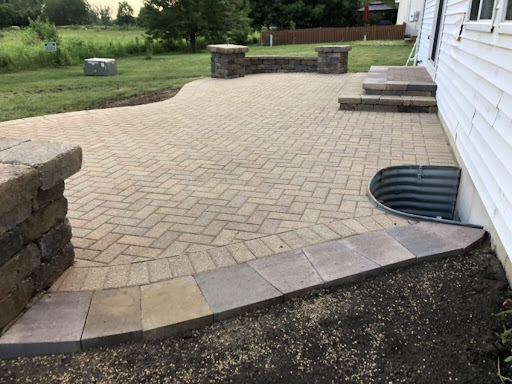A well-laid paver patio can instantly enhance your home’s outdoor charm, providing a functional and visually appealing space for gatherings, relaxation, and outdoor dining. Over time, however, exposure to weather, moisture, and foot traffic can cause wear and tear that demands attention. While it may be tempting to take matters into your own hands, even minor repair work requires precision, patience, and knowledge of proper techniques. Many homeowners attempting paver patio repair themselves often overlook crucial details that can compromise the patio’s durability and aesthetics. Understanding these common mistakes is the first step toward ensuring your repair efforts actually improve — not worsen — your outdoor space.
Understanding What Makes Paver Patio Repair Challenging
Paver patios are more than just surface-level designs; they’re complex systems consisting of layers of compacted base materials, sand, and interlocking pavers. Every layer plays a crucial role in providing stability and drainage. When homeowners attempt to repair visible issues like uneven surfaces, gaps, or sinking areas without addressing the underlying causes, they risk short-term fixes that fail within months. True success in paver repair lies in understanding the science behind weight distribution, compaction, and water flow.
The Most Common DIY Paver Patio Repair Mistakes
1. Ignoring the Root Cause of Damage
One of the biggest mistakes homeowners make is addressing only the visible symptoms — such as sunken or wobbly pavers — without investigating the underlying issue. Problems like poor drainage, soil erosion, or an inadequately compacted base may continue to worsen even after surface-level adjustments. Without correcting these structural faults, the same problems will reappear.
2. Failing to Level the Base Properly
A solid and level foundation is key to long-term patio stability. Many DIY repairs involve simply adding sand under sunken areas without properly compacting it. This shortcut may seem effective at first, but over time, the loose material settles again, causing uneven surfaces. Using a mechanical plate compactor ensures uniform density and prevents future shifting.
3. Using the Wrong Type of Sand or Sealant
Choosing the correct sand type is essential for joint stability. Polymeric sand, when applied correctly, hardens to keep pavers interlocked and prevent weed growth. However, using regular playground or masonry sand results in rapid washout and joint erosion. Similarly, skipping or misapplying sealant can cause fading, staining, or water damage, undermining long-term protection — a key step often overlooked in patio restoration.
4. Overlooking Edge Restraints
Edge restraints prevent pavers from shifting outward due to foot traffic or ground movement. DIY installers frequently neglect or inadequately secure these restraints, leading to spreading and misalignment over time. Properly anchored edge restraints maintain the shape and integrity of your patio, particularly in high-use areas.
5. Mismatched Paver Replacement
When replacing damaged or stained pavers, matching color, texture, and size is critical. Many homeowners fail to source replacements from the same manufacturer or batch, resulting in noticeable visual inconsistencies. It’s best to keep spare pavers from the original installation or source exact matches through professional suppliers to maintain a seamless appearance.
6. Poor Drainage Management
Water pooling on or under the patio can lead to erosion, heaving, or mold growth. Ensuring proper slope and water runoff design is vital to prevent damage and maintain surface stability. Even minor changes to the grade during repair can significantly affect how effectively water drains from your patio.
Conclusion
While DIY efforts can be rewarding, patio repair requires expertise beyond surface fixes. From proper compaction and drainage control to material matching and sealant application, every step plays a crucial role in achieving lasting results. Neglecting these details can turn a simple repair into a recurring problem that costs more in the long run. If your patio shows signs of unevenness, loose joints, or erosion, it’s best to consult professional paver installation contractors who understand the engineering and craftsmanship required to restore both beauty and function.





Comments